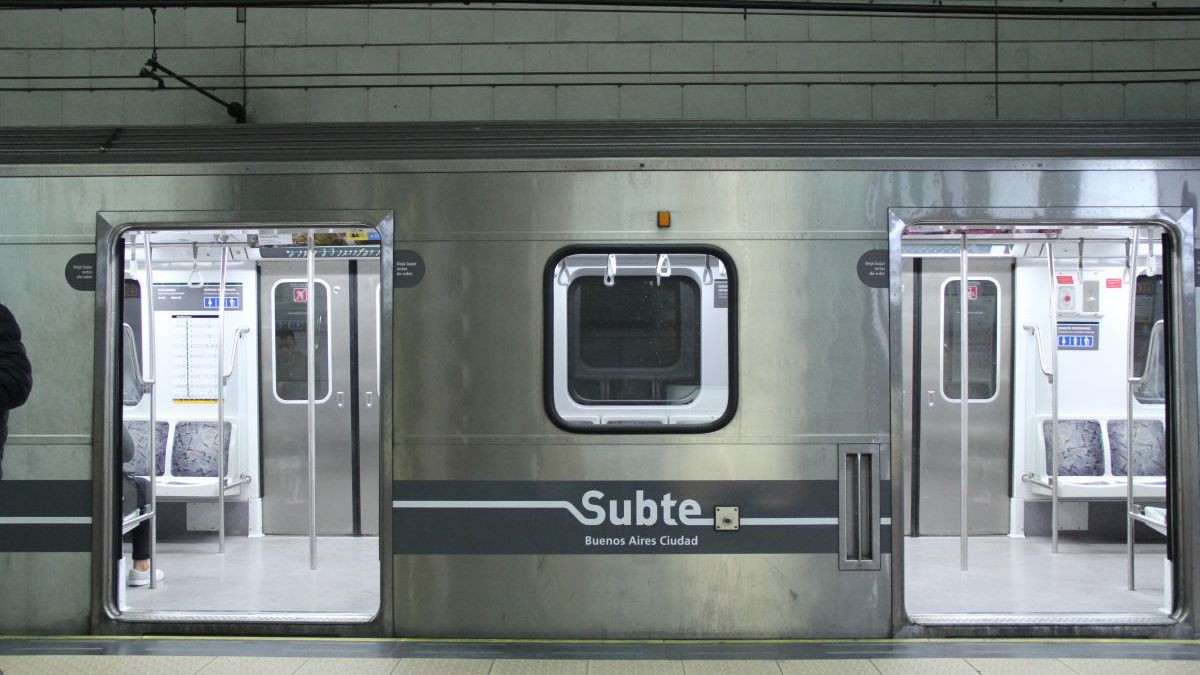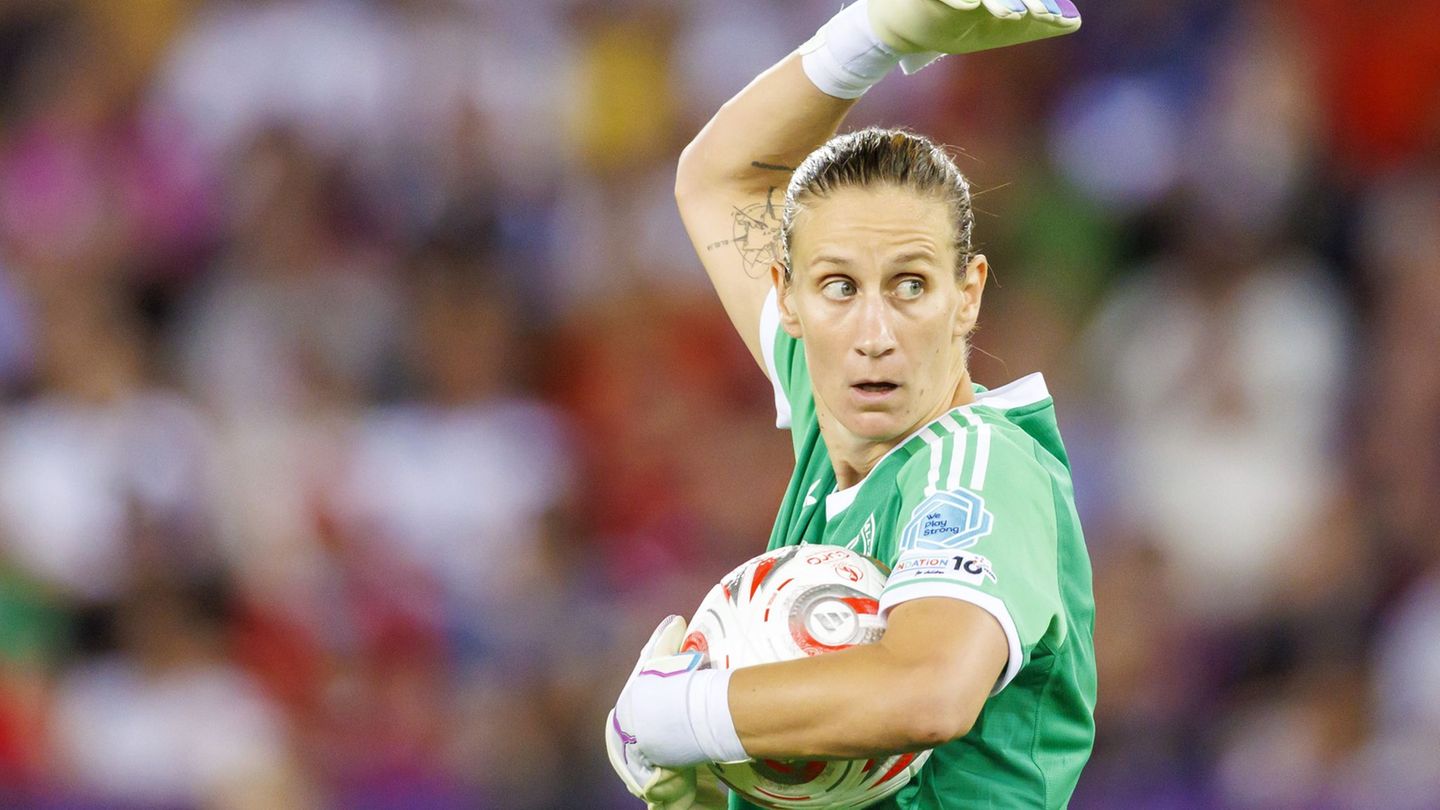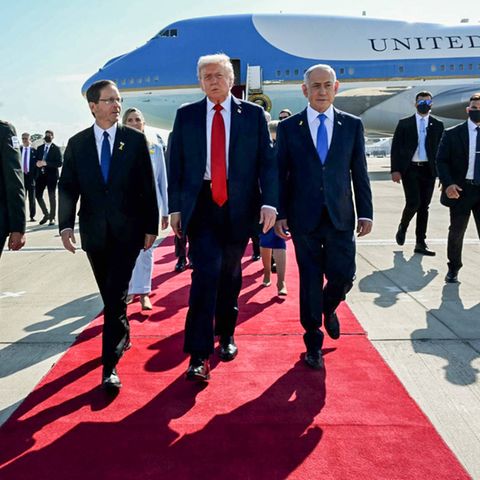In August, the national government made official the mechanism to implement the opening of the SUBE and the authorization of new payment methods for public transportation. Since then, the City Government, the Central Bank, the Ministry of Labor of the Nation, the Fintech Chamber, EMOVA, Nación Servicios and all the actors that are part of this new measure, work together to meet a deadline: that the system is implemented by the month of December, almost imperative.
After the controversy unleashed in the last hoursin relation to the question about the lack of information from Mercado Pago above other leaders in the sector, there will be a key meeting this Thursday the 24th which will include the Fintech Chamber to advance the technical aspects. In this way, the sector seeks to put aside the “risks” typical of the competition and advance in the implementation of the new system, with a process similar to that of the QR with credit cardsanother of this year’s milestones for payment methods.
After collecting different sources, it was learned that both Mercado Pago Like other companies in the industry, they participated in the call made by EMOVA for the processing of charges in the Subway network of the City of Buenos Aires and the premetro.
Mercado Pago, which disputes the leadership of payment methods together with MODO and Cuenta DNI, offered its proposal to process payment transactions with cards and QR. On August 30, EMOVA confirmed that Marcos Galperin’s company met the necessary conditions to process payments with “QR Buyer”.
At the same time that he carried out this process, he granted Payway and Open Pass acquisition for NFC cards and payments. Beyond the leadership that Mercado Pago has in terms of users and volume of transactions, the challenge is huge for all fintech companies that see a opportunity to increase the number of operations with your applications.
Although from the sector of digital wallets point out that this type of solutions and systems needs a longer term, the times of national politics and the City Governmentrequire a more accelerated implementation. The objective is for there to be a single interoperable QR model that can be used to pay for all public transport and not just the subway.
For the sector, the current situation is in a kind of “limbo” although they promote work meetings to accelerate this process, promoted by the Fintech Chamber. “We are working to agree on a QR coster standard, which allows payment in all means of transport in the country. To do this, we are talking with regulators and companies in the industry, to move forward in that direction,” the entity explained in dialogue. with Scope.
One of the points that a consulted source pointed out is the possibility of achieving a rapid implementation first for the virtual wallets, while options with cards remain in a “second phase.” However, that has not been defined yet and there are still more meetings to find out.
According to estimates from the City Government, approximately 40% of the 240 million subway tickets sold annually would be paid through virtual walletswhich demonstrates the interest of all companies in offering their services to users.
How the Buyer QR will work
The system used to pay for transportation is different from the QR that people usually use to pay in stores. It is a new technological development, “Buyer QR”, where the user generates the QR code from their digital account and displays it on the reel reader.
Although the “QR buyer” is a technology that is already used, it is a new technology in that it seeks a standardized system for use by the entire population. As it is a new solution, It has other challenges at technical levels. As Mercado Pago explained in consultation with this medium, the system that is being developed is one in which “it must be automatically regenerated and processed offline.”
“This also implies defining criteria and a process regarding the management of user debts and the recovery of these charges to avoid fraud,” they added. For all companies, the security of users and data is paramount.
In Latin America, only Chile implemented this type of technology but decided to include QR payments, in addition to contactless debit and credit cards and cell phones with NFC technology. Now Argentina’s turn is approaching.
Source: Ambito




